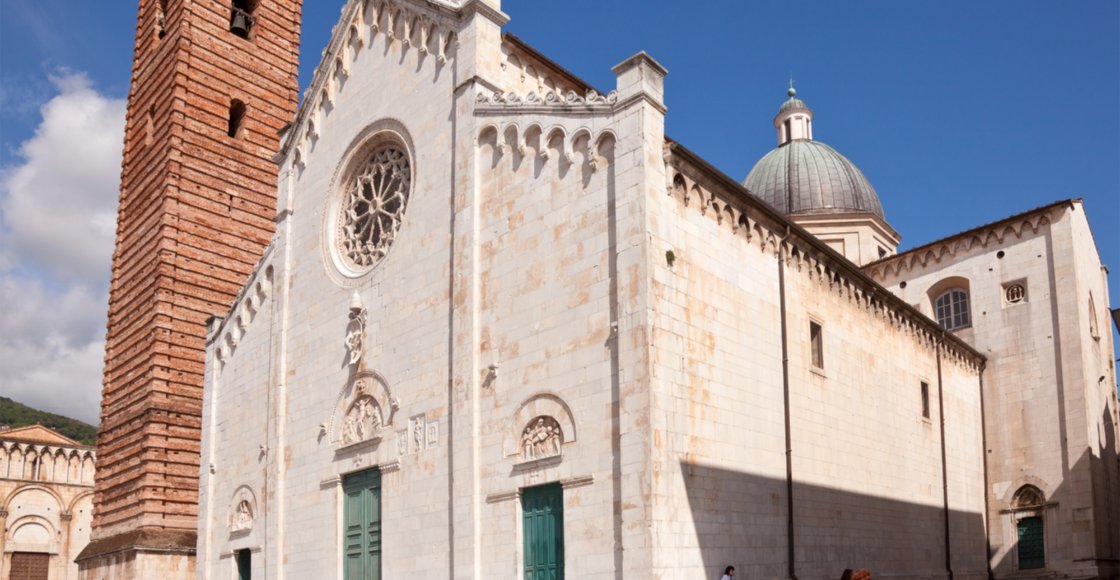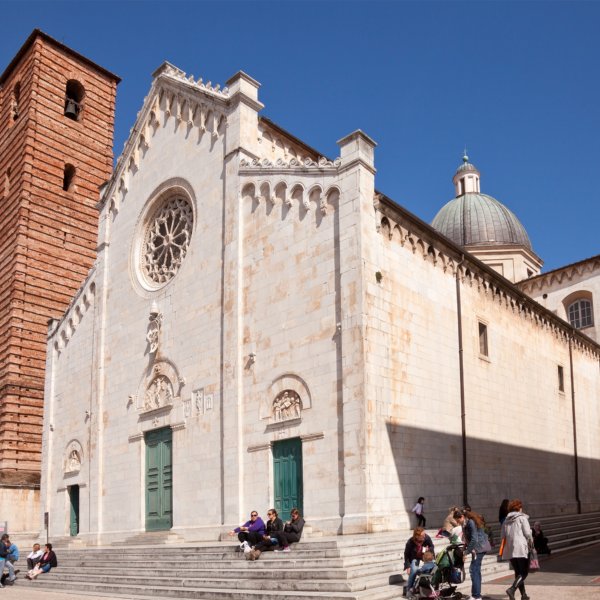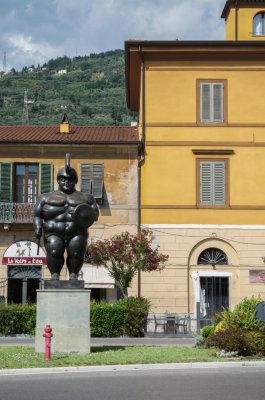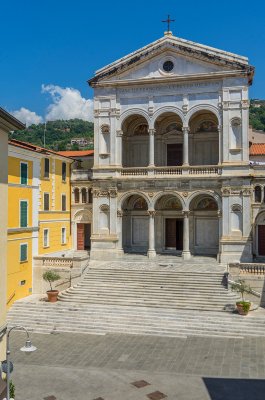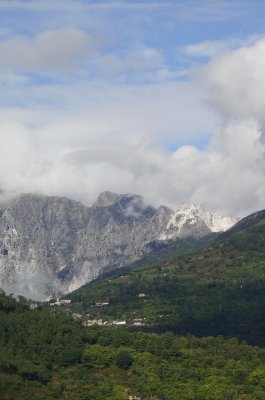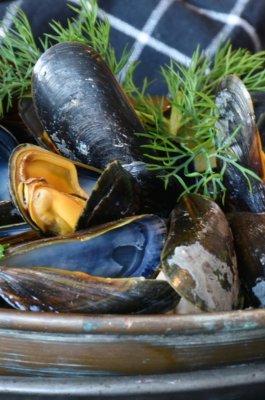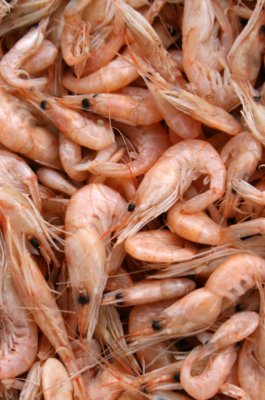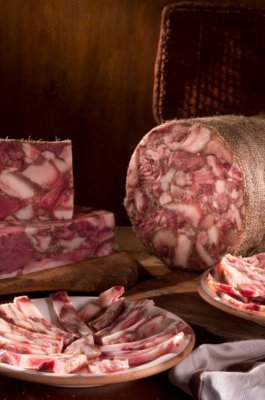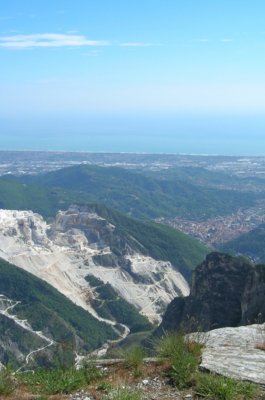Along this stretch, you’ll encounter places of great historical and artistic value such as the Aghinolfi Castle in Montignoso, an ancient fortress located in a strategic position to guard over the path and the sea. Not far from the route, the village of Seravezza, where streams join to form the Versilia River, is home to the majestic Medici Palace, recognized as a UNESCO World Heritage Site.
After passing picturesque villages such as Pietrasanta and Monteggiori, the route leads to Camaiore and the historic Badia di San Pietro, an abbey dating back to the 7ᵗʰ century, later enlarged thanks to a contribution from Matilda of Tuscany. Other gems can also be visited along the way, such as the ancient Pieve di San Giovanni, a parish church nestled in the hilly landscape that alternates ups and downs, offering striking views.
This section of the Via Francigena offers scenic views and is well served by refreshment points in Montignoso, Strettoia and Pietrasanta, with a fair supply of water for pilgrims.




















